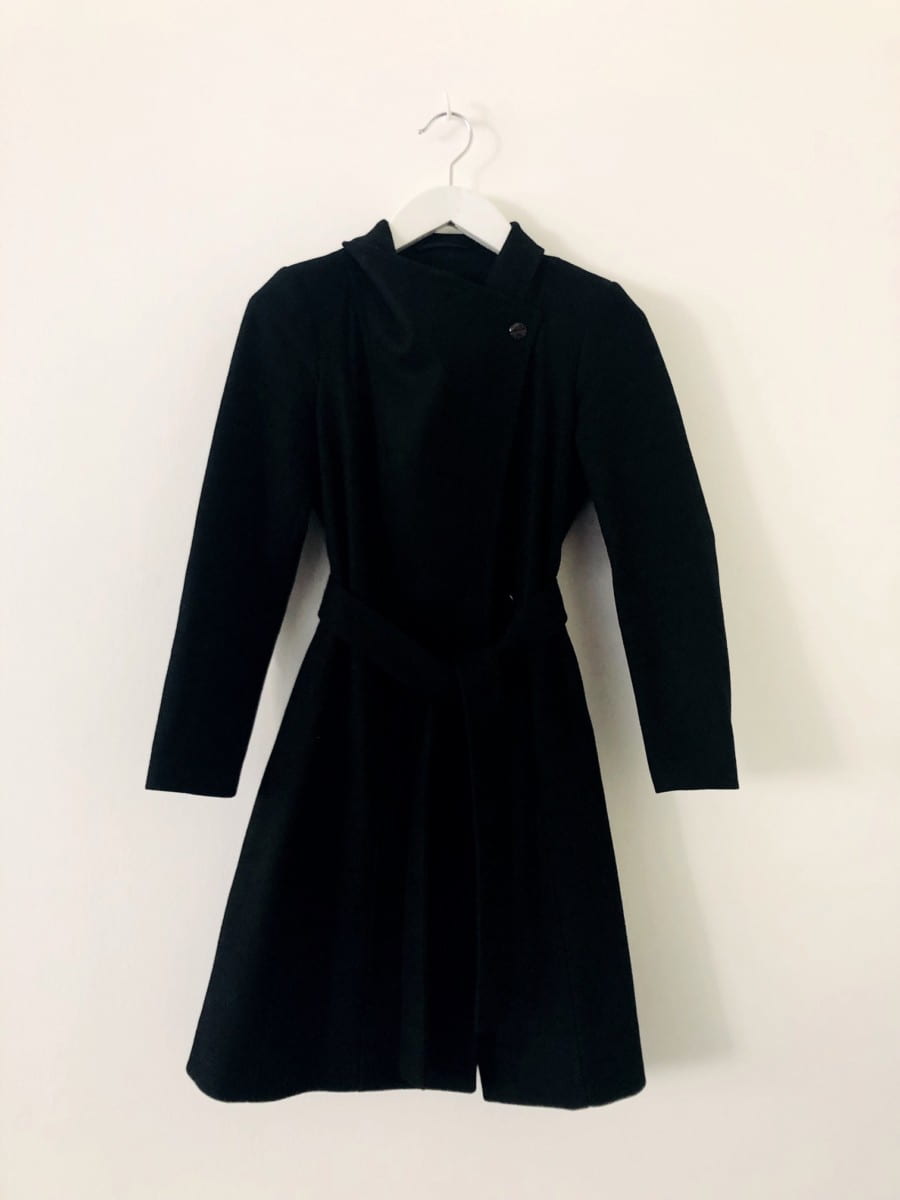Fashion is sometime like water, it is forever seeping into all aspects of our lives sometimes in surprising ways. The exhibition at the Wallace Collection- The Noble Art of the Sword: Fashion and Fencing in Renaissance Europe is a prime example of this.

Fight Book Detail- Ridolfo Capo Ferro, Gran Simulatero dell’arte e dell’uso della scherma, Siena, 1610 © the Howard de Walden Library
These days we think of armour, swords, rapiers and daggers as having been created for the purpose of battle, for fighting, for killing. What this exhibition illustrates is the close relationship between the fashions of the day, the armour and society. It shows how swords were status symbols. They were designed to make a strong social statement like today’s priceless watches, handbags or mobile phones. What is particularly revealing about the exhibition is that in the Renaissance, there were no boundaries between beauty and brutality. Fencing was important for your personal protection but it was also an expression of your nobility – beauty, craftsmanship, social status and fashion were closely intertwined. As the exhibition notes makes clear “The ability to kill an enemy in a beautiful way was one of the essential attributes of nobility.”
This exhibition is a wonderful illustration of how as humans we can create the most stunning object of beauty- as someone said at the private view one of these swords is the Mona Lisa of the fencing world- that also has the potential to kill. However many were simply for show, to own one of these rapiers or swords meant you would also have bodyguards. They have never been used. Many of the blades were created in such a way that they didn’t tear the silks or precious textiles that these nobles wore. The accompanying books on fencing meticulously set out the moves and protocols that you needed to deploy when duelling – fashion, status and style were everything in this world.




